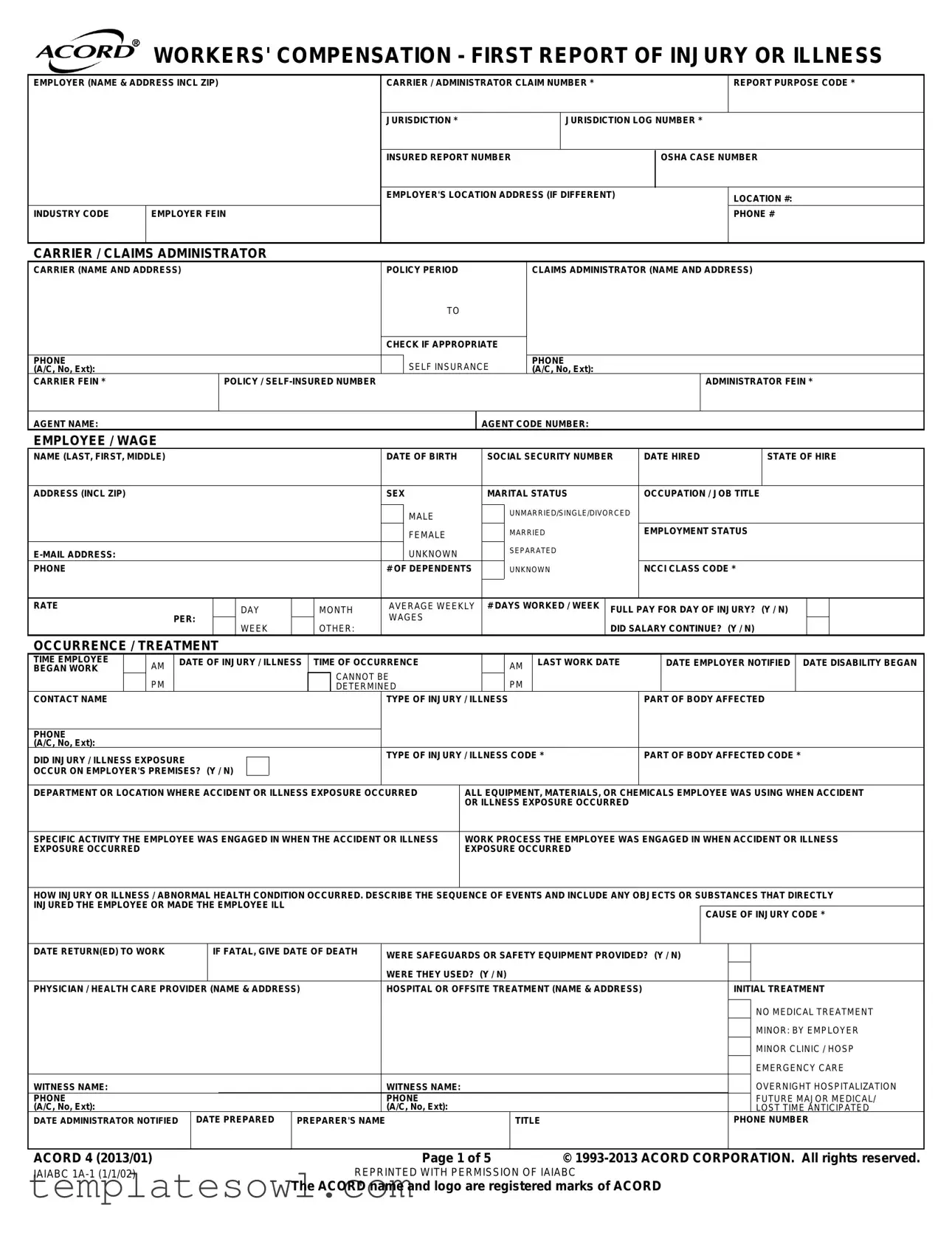APPLICABLE IN IDAHO
Any person who knowingly and with the intent to injure, Defraud, or Deceive any Insurance Company Files a Statement of Claim Containing any False, Incomplete or Misleading information is Guilty of a Felony.
APPLICABLE IN INDIANA
A person who knowingly and with intent to defraud an insurer files a statement of claim containing any false, incomplete, or misleading information commits a felony.
APPLICABLE IN KANSAS
Any person who, knowingly and with intent to defraud, presents, causes to be presented or prepares with knowledge or belief that it will be presented to or by an insurer, purported insurer, broker or any agent thereof, any written statement as part of, or in support of, an application for the issuance of, or the rating of an insurance policy for personal or commercial insurance, or a claim for payment or other benefit pursuant to an insurance policy for commercial or personal insurance which such person knows to contain materially false information concerning any fact material thereto; or conceals, for the purpose of misleading, information concerning any fact material thereto commits a fraudulent insurance act.
APPLICABLE IN KENTUCKY, LOUISIANA, MAINE, MICHIGAN, NEW JERSEY, NEW MEXICO, NEW YORK, NORTH DAKOTA, PENNSYLVANIA, RHODE ISLAND, SOUTH DAKOTA, VIRGINIA AND WEST VIRGINIA
Any person who knowingly and with intent to defraud any insurance company or another person files a statement of claim containing any materially false information, or conceals for the purpose of misleading, information concerning any fact material thereto, commits a fraudulent insurance act, which is a crime, and subjects the person to criminal and [NY: substantial] civil penalties. In LA, ME and VA, insurance benefits may also be denied.
APPLICABLE IN MARYLAND
Any person who knowingly or willfully presents a false or fraudulent claim for payment of a loss or benefit or who knowingly or willfully presents false information in an application for insurance is guilty of a crime and may be subject to fines and confinement in prison.
APPLICABLE IN MINNESOTA
A person who files a claim with intent to defraud or helps commit a fraud against an insurer is guilty of a crime.
APPLICABLE IN NEVADA
Pursuant to NRS 686A.291, any person who knowingly and willfully files a statement of claim that contains any false, incomplete or misleading information concerning a material fact is guilty of a felony.
APPLICABLE IN NEW HAMPSHIRE
Any person who, with purpose to injure, defraud or deceive any insurance company, files a statement of claim containing any false, incomplete or misleading information is subject to prosecution and punishment for insurance fraud, as provided in RSA 638:20.
APPLICABLE IN OHIO
Any person who, with intent to defraud or knowing that he/she is facilitating a fraud against an insurer, submits an application or files a claim containing a false or deceptive statement is guilty of insurance fraud.
APPLICABLE IN TENNESSEE
It is a crime to knowingly provide false, incomplete or misleading information to any party to a workers compensation transaction for the purpose of committing fraud. Penalties include imprisonment, fines and denial of insurance benefits.
APPLICABLE IN TEXAS
Any person who knowingly presents a false or fraudulent claim for the payment of a loss is guilty of a crime and may be subject to fines and confinement in state prison.
APPLICABLE IN UTAH
Any person who knowingly presents false or fraudulent underwriting information, files or causes to be filed a false or fraudulent claim for disability compensation or medical benefits, or submits a false or fraudulent report or billing for health care fees or other professional services is guilty of a crime and may be subject to fines and confinement in state prison.
APPLICABLE IN WASHINGTON
It is a crime to knowingly provide false, incomplete, or misleading information to an insurance company for the purpose of defrauding the company. Penalties include imprisonment, fines and denial of insurance benefits.
EMPLOYEE SIGNATURE:





